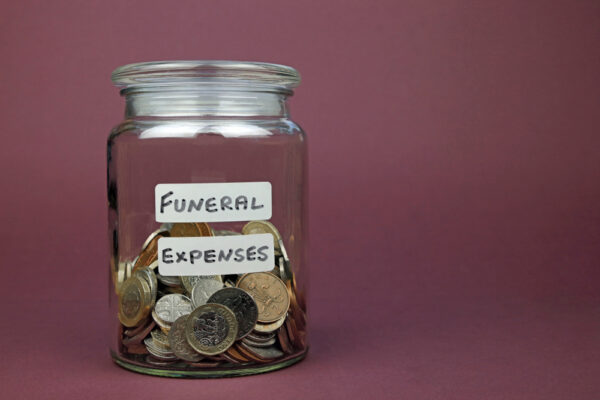
A Financial Checklist for Your Retirement Budget
Building your budget is an ongoing process, not a one-time task. Use this simple checklist to create your budget and keep it on track.
First, gather all your financial documents. Collect statements for your Social Security benefits, pension, IRAs, 401(k)s, and any other income sources. This gives you a clear and accurate starting point.
Second, commit to tracking your spending for one to three months. Use a method that works for you, whether it is a notebook or a simple app, and be honest with yourself about where your money is going. This is the only way to find areas where you can save.
Third, analyze the results and create your formal budget. Compare your total monthly income with your total monthly expenses. If there is a shortfall, identify variable expenses you can reduce. Assign a purpose for every dollar, including savings for emergencies and future goals.
Fourth, plan specifically for healthcare and other large, irregular expenses. Make sure your budget accounts for Medicare premiums, potential co-pays, and a “sinking fund” for predictable but non-monthly costs like property taxes or major home repairs.
Finally, schedule a budget review. Plan to sit down every three to six months to review your budget. Did your expenses change? Did your income? A regular check-in ensures your budget remains a relevant and useful tool for your financial well-being.
Disclaimer: This article is for informational purposes and is not a substitute for professional financial or tax advice. Consult with a certified financial planner or tax professional for guidance on your specific situation.


















